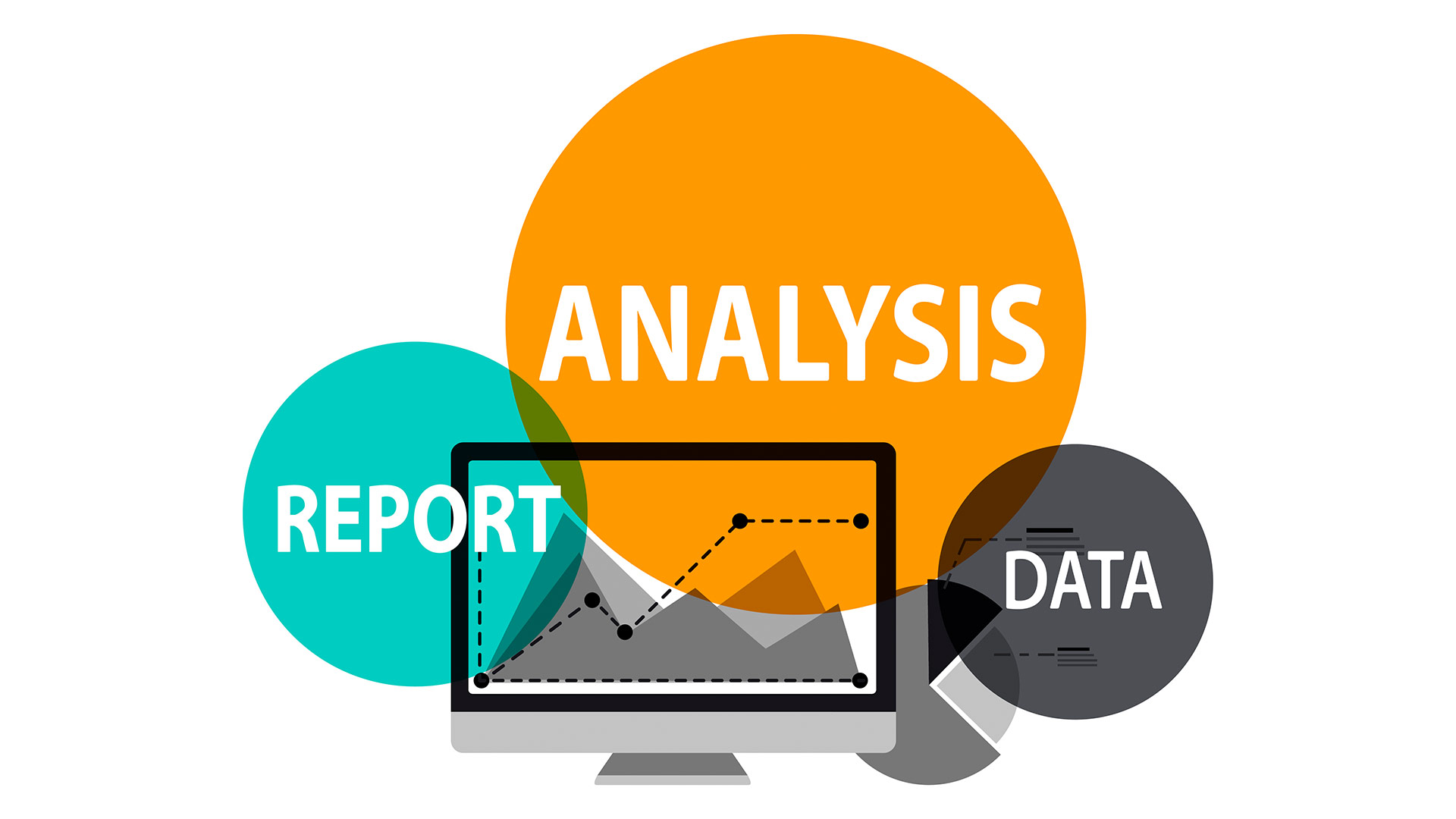Why Backtesting Fundamental Strategies Matters in Crypto & Stocks

# The Importance of Backtesting Fundamental Strategies for Investing
Introduction
Backtesting isn’t just for day traders and quants—it’s also a powerful tool for long-term investors. Whether you’re investing in crypto, stocks, or ETFs, backtesting fundamental strategies helps validate ideas, reduce risk, and improve long-term performance.
In this guide, we’ll explore why backtesting matters for fundamentals, how to do it, and how it applies to value investing, growth strategies, and crypto fundamentals.
🧠 Not sure how a backtest applies to fundamentals? Learn what a backtest is and how it fits into any investment strategy.
📌 Related: For technical-focused strategies, see Best Backtesting Investment Strategies
What is Fundamental Backtesting?
While technical backtesting uses price and indicators, fundamental backtesting evaluates strategies based on business or network metrics like:
Earnings, revenue growth, and valuation ratios (stocks)
On-chain metrics like active addresses or transaction volume (crypto)
Backtesting these inputs helps you understand how buying based on fundamentals would have performed over time.
Example:
Buy crypto projects with consistent wallet growth and active dev activity
Backtest performance over 1–3 years
Why Backtesting Fundamentals Matters
✅ Separates narrative from results — test the actual historical impact of your thesis
✅ Builds investor confidence — reinforces decisions with data
✅ Finds what truly matters — identifies which metrics correlate with price growth
✅ Improves timing — reveals better entry points or valuation windows
🔗 Related: Understand how accuracy works in Optimizing Your Crypto Backtesting
How to Backtest a Fundamental Strategy
Step 1: Define Your Thesis
Example: “Coins with growing active wallets outperform the market.”
Step 2: Gather Historical Data
Use APIs from:
Glassnode, Messari, Santiment (for crypto)
Yahoo Finance, Alpha Vantage (for stocks)
Step 3: Build Your Signal
Example: Buy if user growth > 10% month-over-month
Step 4: Simulate Trades or Holdings
Use a rolling window: evaluate top 5 assets monthly, hold for 30 days
Step 5: Analyze Results
Compare your strategy to:
Buy and hold benchmarks
Other factor combinations
Popular Metrics for Backtesting Fundamentals
In Stocks:
P/E, P/S, ROE, EBITDA growth
Dividend yield vs. payout history
In Crypto:
Network value to transaction (NVT) ratio
Daily active addresses
Developer GitHub commits
Token unlock or burn schedules
📌 Related: Combine this with timing tools in Backtesting Trading Strategies in Crypto
Tips for Smarter Fundamental Backtesting
✅ Use long-term data (3–5 years) to capture full market cycles
✅ Avoid hindsight bias by simulating data availability as it was then
✅ Compare sectors (Layer 1s vs. DeFi vs. NFT tokens)
✅ Validate with real market events (like bear markets or black swan events)
Conclusion
Backtesting fundamental strategies empowers long-term investors to approach markets with more clarity and confidence. By relying on data instead of stories, you can find out which factors really lead to growth—and build smarter portfolios.
🚀 Start today: test a simple fundamental rule and compare it to your current investment strategy!
Rating of this post
Rate
If you enjoyed this article, please rate it.
FAQs: Backtesting Fundamental Investment Strategies
Yes. You can create rule-based models using historical financial or on-chain metrics and simulate trades or portfolio changes over time.
Absolutely. With the rise of on-chain analytics, it's now possible to test things like wallet growth, NVT ratios, and developer activity.
Fundamental backtesting focuses on the business or network health, not just price action or technical indicators.
Yes! These hybrid models are powerful. For example, only enter trades that meet both fundamental growth and technical breakout criteria.
Look into Messari, Token Terminal, Glassnode, or spreadsheet modeling with API data.
Rating of this post
Rate
If you enjoyed this article, please rate it.



